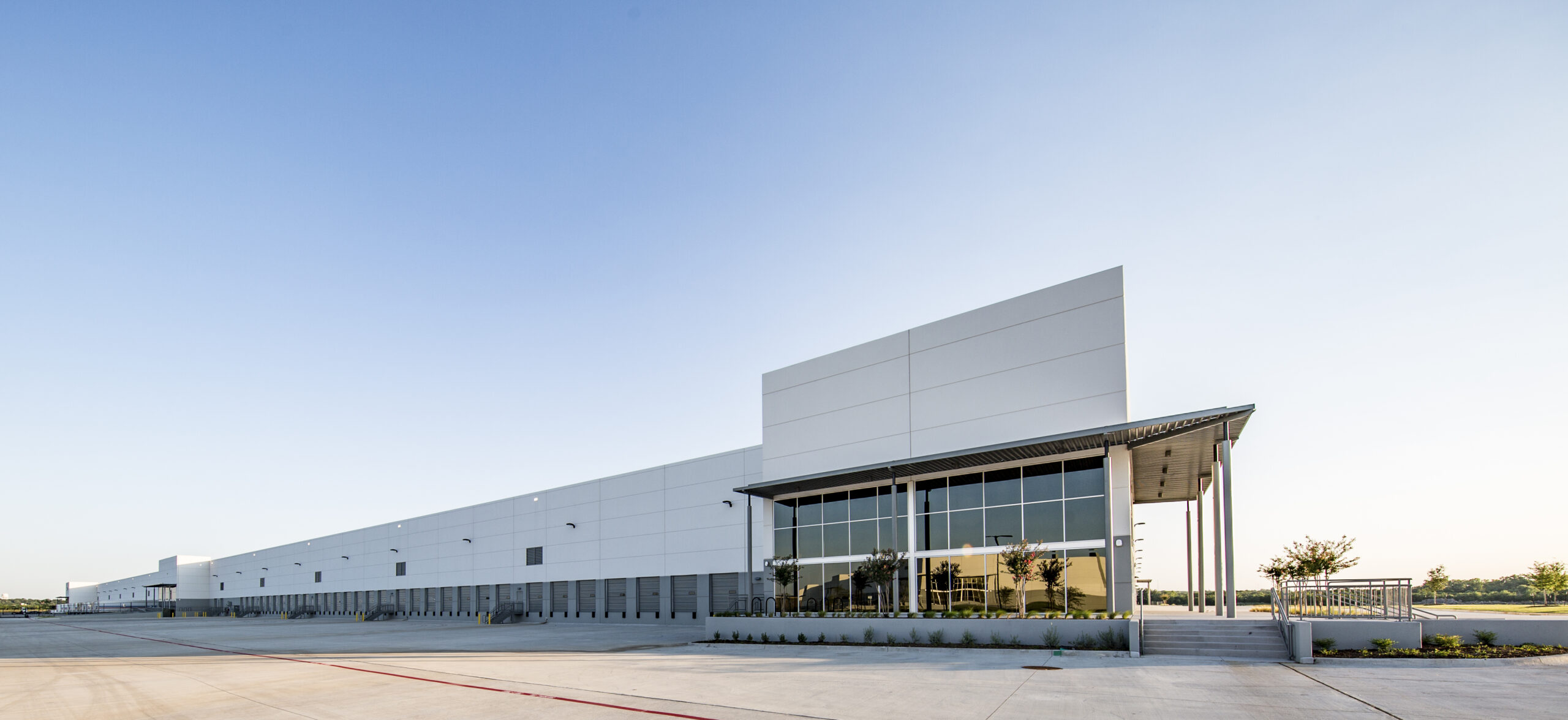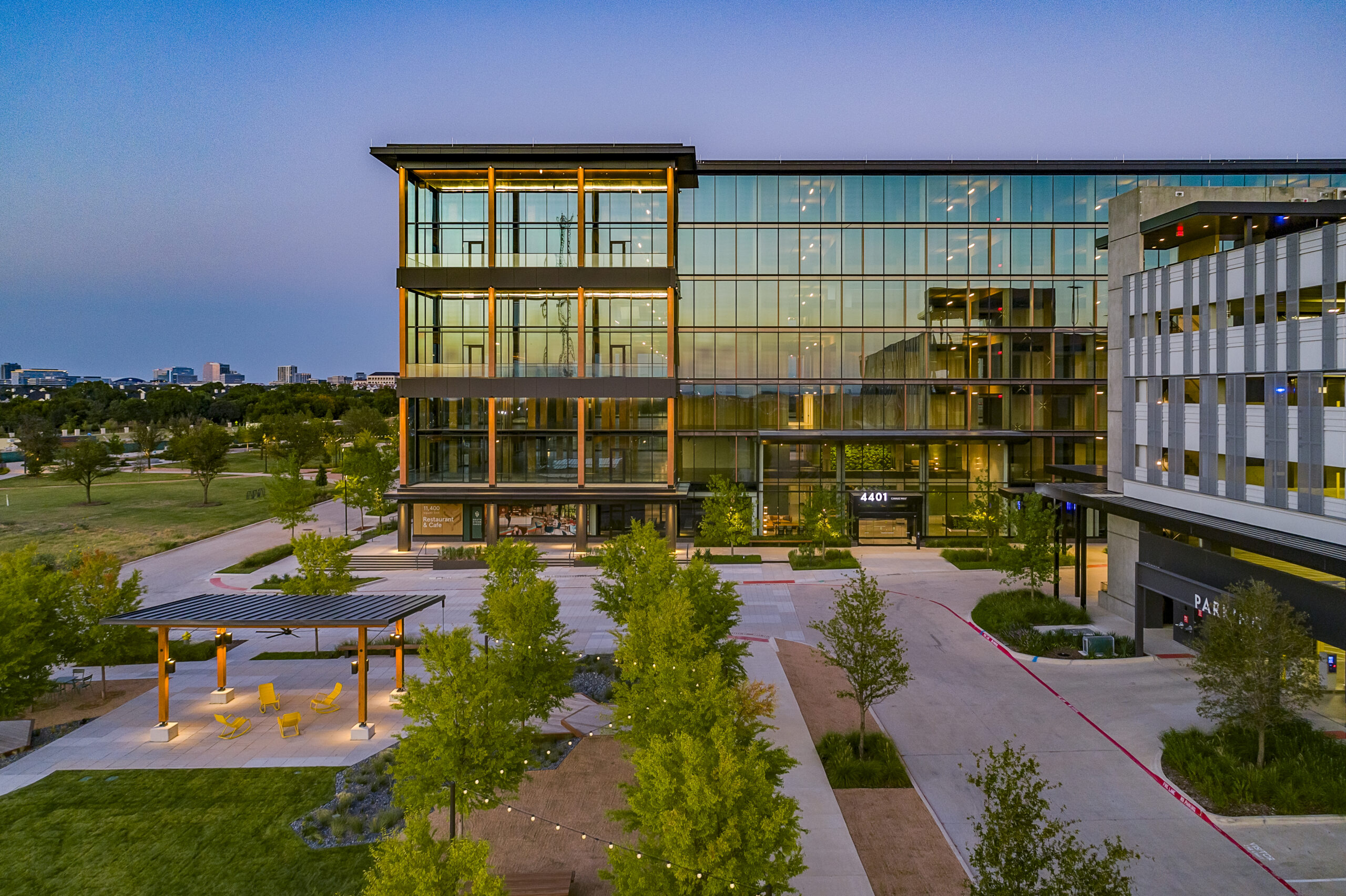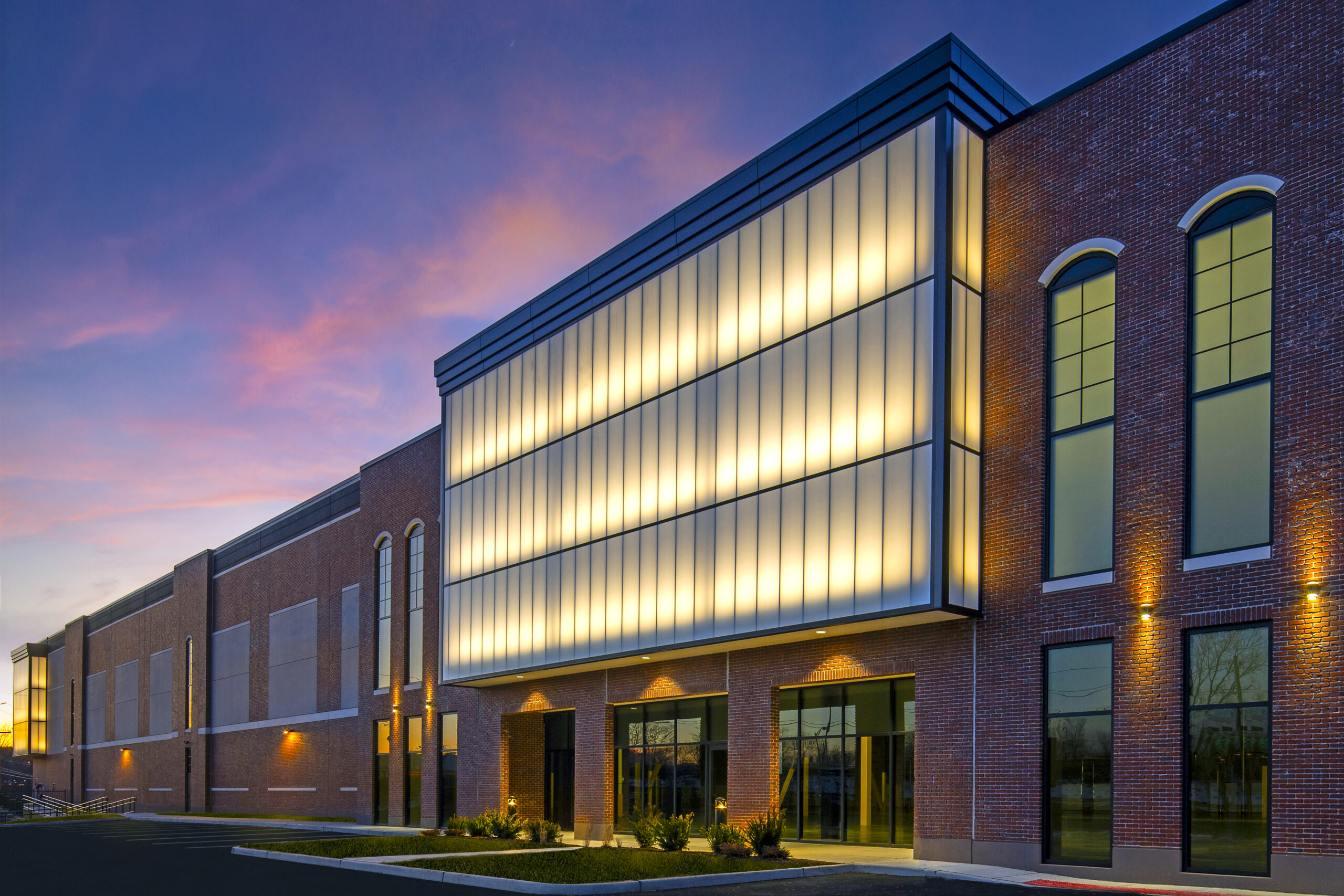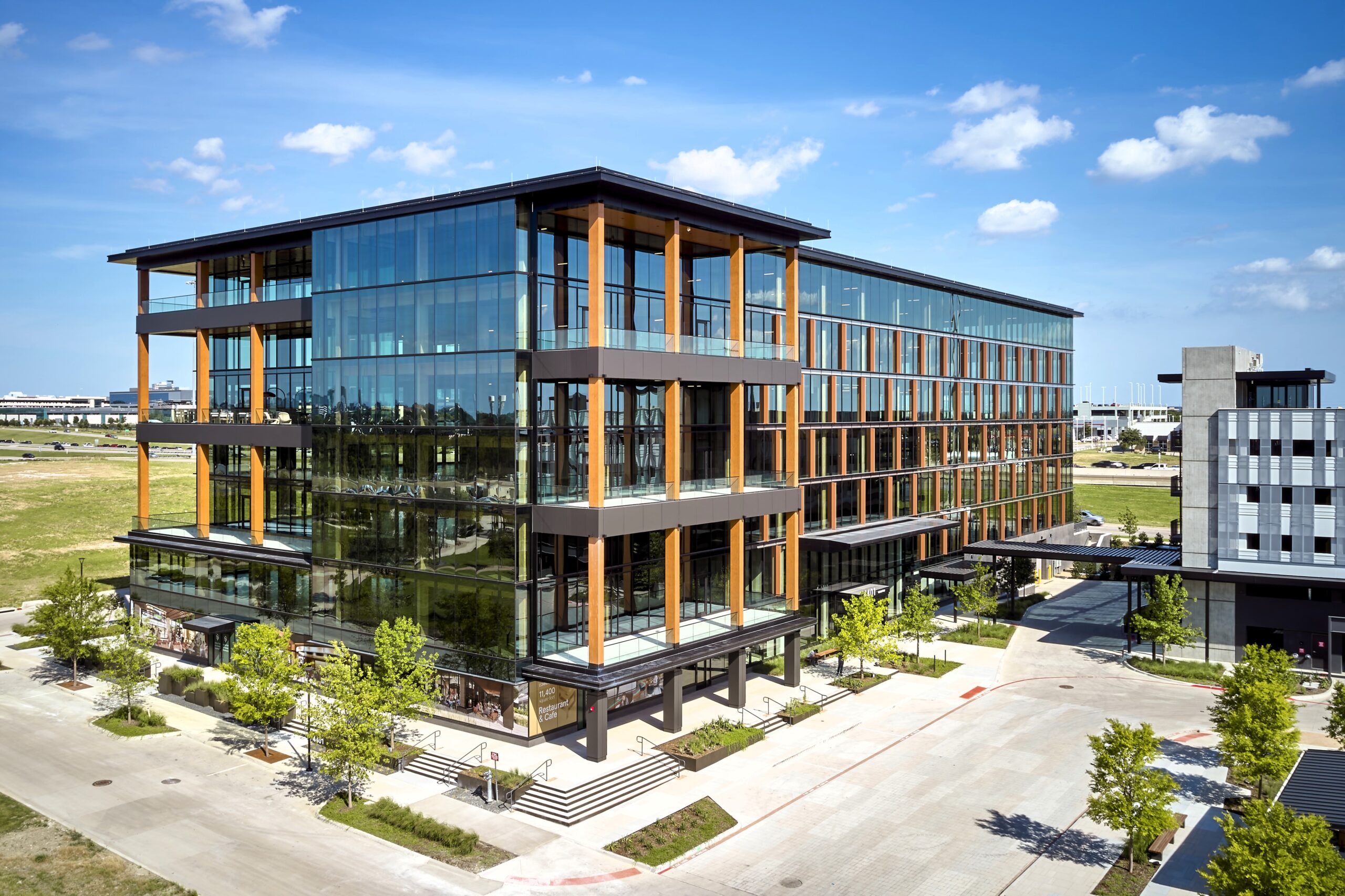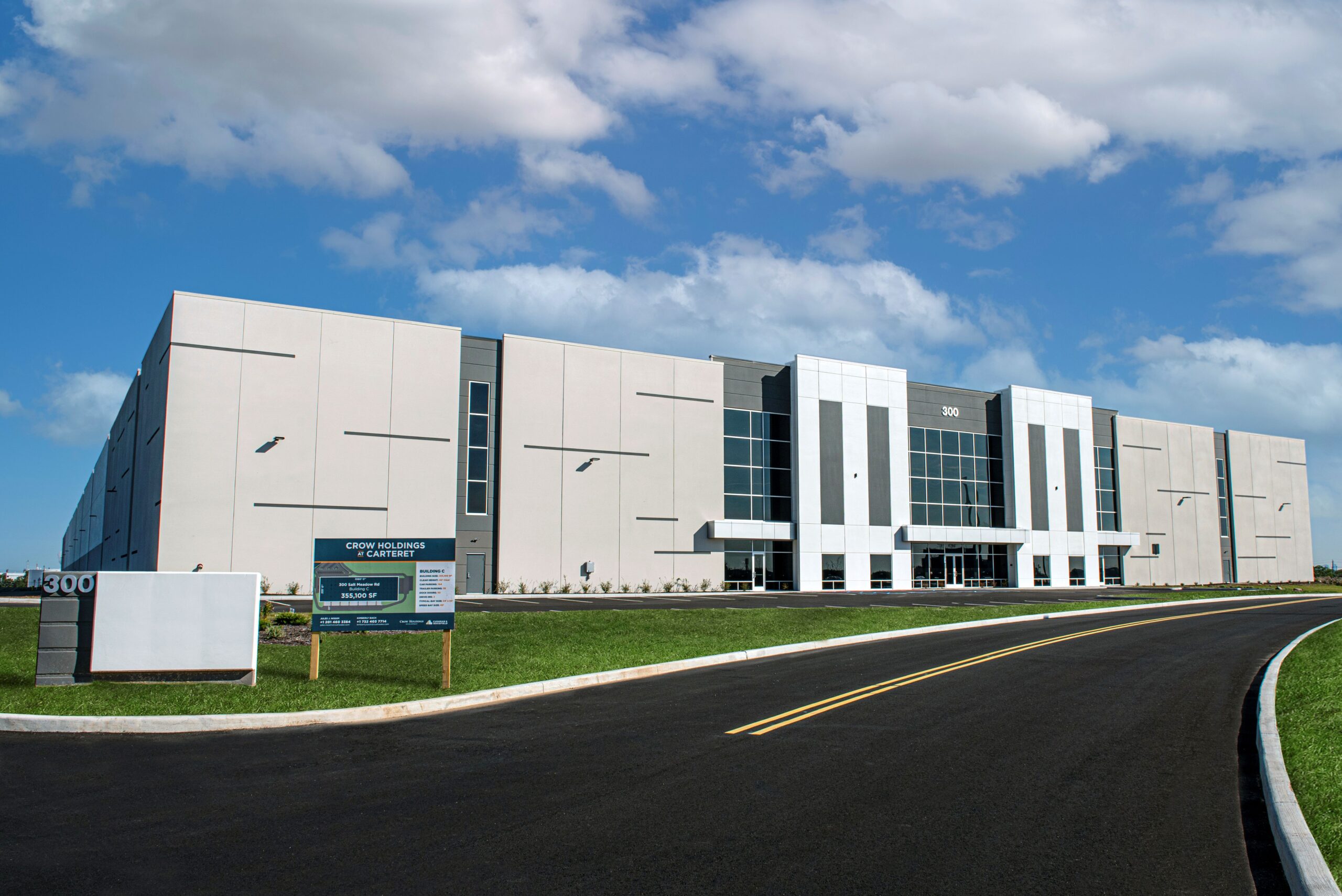National Apartment Association (February 2021) – For TCR, the time is right again for attainable apartments.
Building workforce housing without subsidy is not a new idea at Trammell Crow Residential (TCR). In the early 2000s, current CEO Ken Valach began working on these types of communities with the company’s Attainable Housing initiative.
“What we found through doing some focus groups was that apartment space matters most to people,” Valach says. “We asked if they’d rather have apartment balconies, a big fitness center, a business center and a movie theater, or would they rather have an extra 50 square feet in their apartment, a full-sized washer and dryer in their apartment, convenient parking and no sound issues. Those last four were what people wanted. So, we built more apartments with those things and they were generally successful, but we didn’t do a lot after the financial crisis.”
As affordability has become more of a concern during the last few years, TCR decided to reboot its Attainable Housing initiative. “The goal of the initiative is to offer renters earning 80 to 100 percent of Area Median Income (AMI) a new, Class A apartment home when most of those renters usually have to settle for older Class B or C apartments,” Valach says.
The goal was for TCR to figure out what really matters to the renter and what they will pay for.
“So, for instance, residents would rather have larger apartment homes, so we omitted the balconies,” Valach says. “We also cut back the amenity packages, but we’ll still have a pool, a smaller fitness center, a dog park and a bike room. In the very first version of this product, we didn’t do a pool, fitness center or even a clubhouse, and we conducted the leasing out of an apartment. We did everything we could to get the rent down.”
But there was an issue. “The problem we had was financing,” Valach says. “If you’re a bank and you’re going to go to a credit committee saying that a project doesn’t have a clubhouse and a pool—it’s a bit of a hard sell. But it wasn’t once we put in an amenity package.”
Localities also added hurdles. TCR specified HardiePlank exteriors with no balconies, but the cities asked for stone or brick exteriors with balconies. “They added costs during their design review,” Valach says. “The localities all say that they want housing that is more affordable, but then they put up these roadblocks.”
Because design was key to managing development costs, TCR simplified building design and reduced the number of unit types, offering one- and two-bedroom apartments averaging approximately 1,000 square feet. This simplified approach reduced the design and construction timelines, which was critical to cost savings.
“There are other ways to reduce costs, such as installing vinyl wood flooring throughout the apartment homes, that don’t show up on the building exterior. But we’re still doing nine-foot ceilings, stainless steel appliances and granite countertops, albeit two centimeters versus thicker granite.”
A developer could save money with less expensive materials and design efficiencies, and still have trouble making the deal economics work. This is primarily due to the land price and property tax rate. Land is such a large part of the development budget and tax rate is so critical to property operations. Valach is trying to solve for those issues.
“You want to find a piece of land that’s a little more affordable with a reasonable tax rate,” Valach says. “So, it might be a B-plus site instead of an A-plus site. Once you buy the site, the underground, the sewer, the water, the paving, the foundations, the framing and the sheetrock are all the same.”
